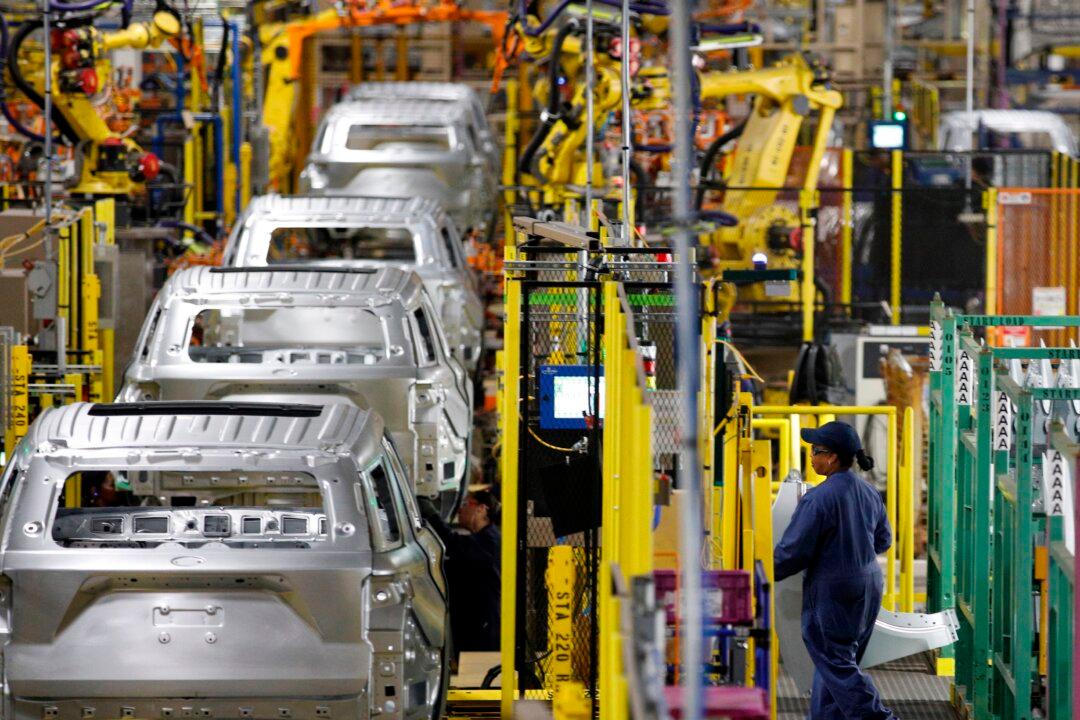In a fresh sign that recessionary winds are cooling the labor market, the number of job openings in the United States has dropped to a two-year low while America’s manufacturing sector extended its decline.
The Labor Department’s latest Job Openings and Labor Turnover Survey (JOLTS) shows that job openings fell to 9.58 million in June, the lowest level since April 2021.





